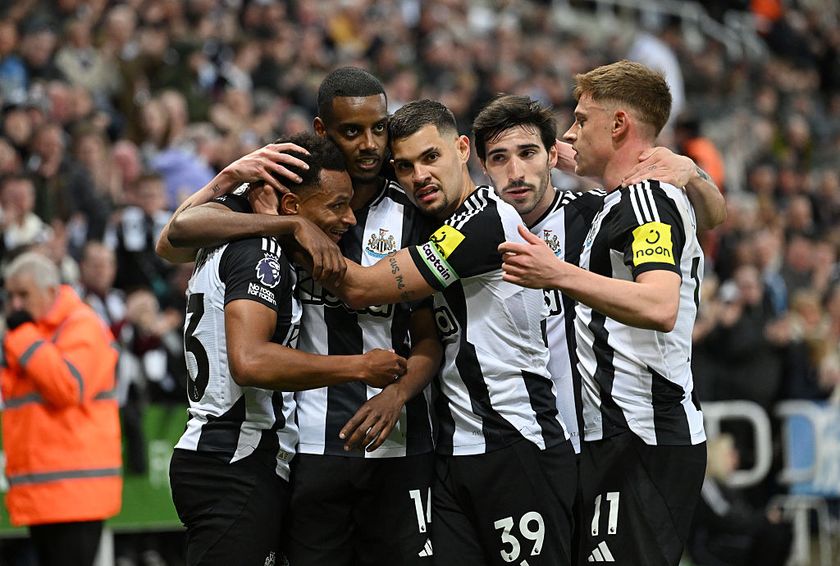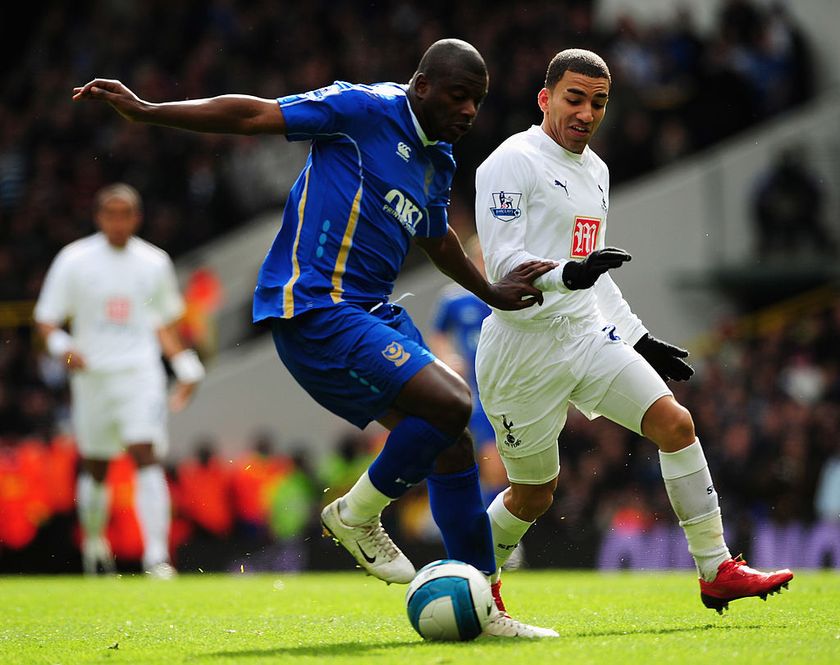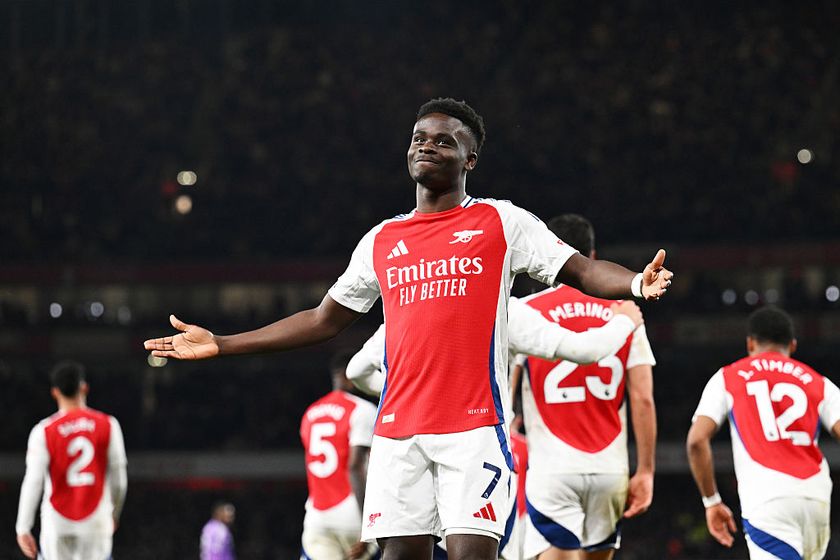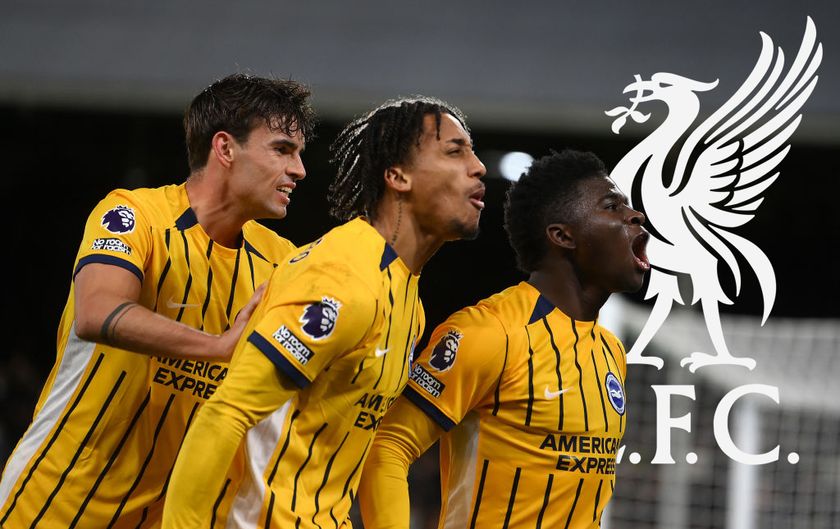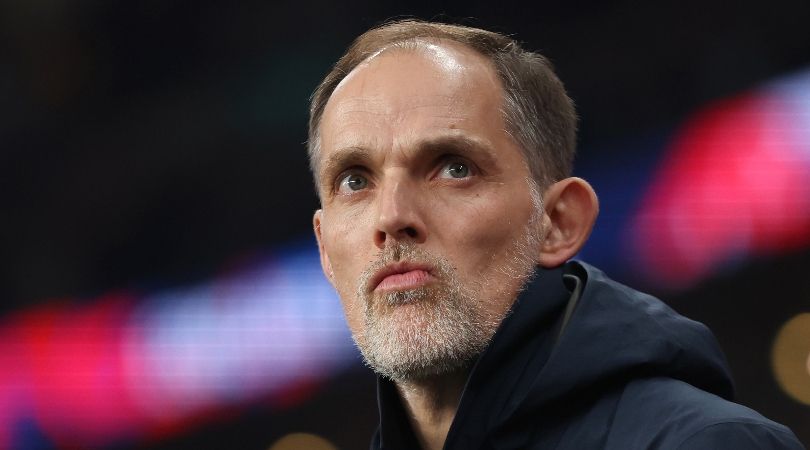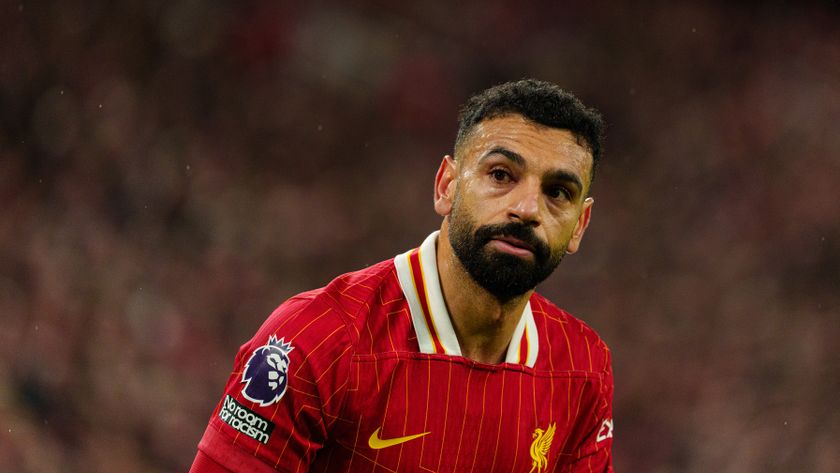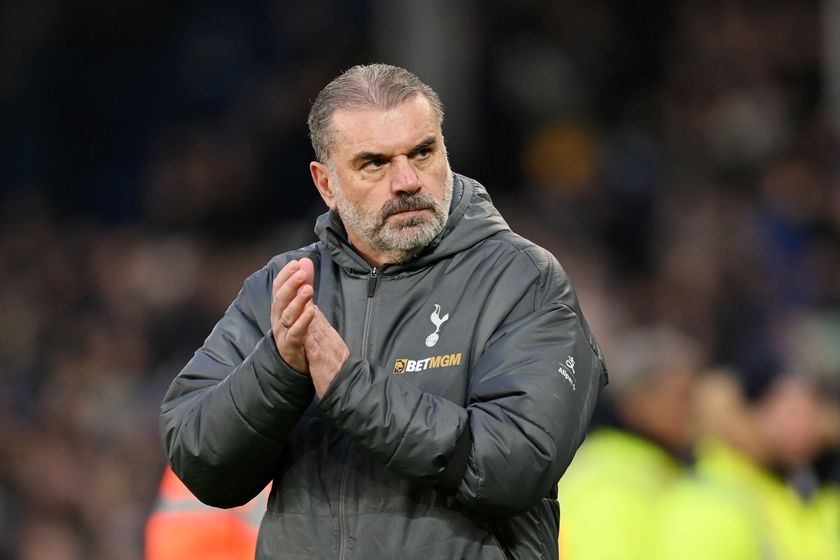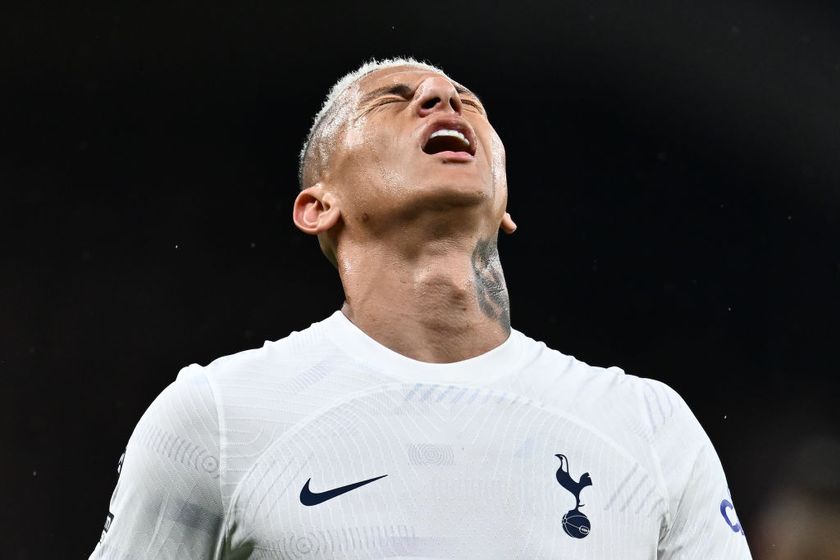Germany focus on youth paying dividends
Germany's exciting run to a Euro 2012 semi-final against Italy may not be unusual for a team that has won three World Cups and as many European crowns and has reached this stage for the fourth major tournament in a row.

There is one major difference, however, that makes this team stand apart from their predecessors.
The vast majority of the players in Joachim Low's 23-man squad are products of a youth system launched on the back of disappointing tournament results in 1998 and 2000.
Five players in the current starting lineup alone were part of the 2009 Under-21 European championship-winning team - Manuel Neuer, Jerome Boateng, Mesut Ozil, Sami Khedira and Mats Hummels.
That team's triumph completed a rare set of titles as Germany were also European champions in the Under-19 and Under-17 age groups, won a year earlier.
Several more in this squad, including Thomas Mueller, Marcel Schmelzer, Holger Badstuber, Toni Kroos, Benedikt Howedes, Lars Bender and Mario Gotze, have clinched a spot thanks to the work Germany have done in promoting youth.
The first results for the senior team were visible at the 2010 World Cup when despite a string of injuries to top players like Michael Ballack before the tournament, Germany cruised to a surprise third place in South Africa after stunning victories over England and Argentina in the knockout stages.
"We are now more mature, more consistent and we have shown we can beat the big teams," said midfielder Ozil on Monday. "We are young and we are hungry."
Get FourFourTwo Newsletter
The best features, fun and footballing quizzes, straight to your inbox every week.
Team manager Oliver Bierhoff said some days ago that a player could no longer have a top career in Germany if they had not been through the youth ranks.
"I do not think that this is possible any more," Bierhoff said when asked whether a career like that of 34-year-old forward Miroslav Klose, who never played for youth teams, was still an option.
"What you are missing as far as quality training at youth level nowadays is too big to make up," he added.
OBLIGATORY ACADEMIES
From July 2002, youth academies became a requirement for German clubs wishing to obtain a licence for either of the top two divisions.
Since then more than half a billion euros have been poured into a system that has armed every first and second division club with a string of homegrown talent and in turn boosted spectator numbers to an average of over 42,000 fans per Bundesliga game this season - a world best.
The youth academies must follow strict guidelines including having a specified number of floodlit pitches, teams with a set number of players, qualified coaches and scouts. They must also have a clearly defined philosophy and are rated annually.
Since 2002 the academies have fed clubs with hundreds of players and in 2011 the number of youth products had exceeded 20 percent of all club players.
The programme has also been an overwhelming success for the national teams with every Germany Under-21 player last season emanating from the academies.
It comes as no surprise that Low has recognised a development in his senior team since the 2010 World Cup.
The core of his players have, after all, been playing together for
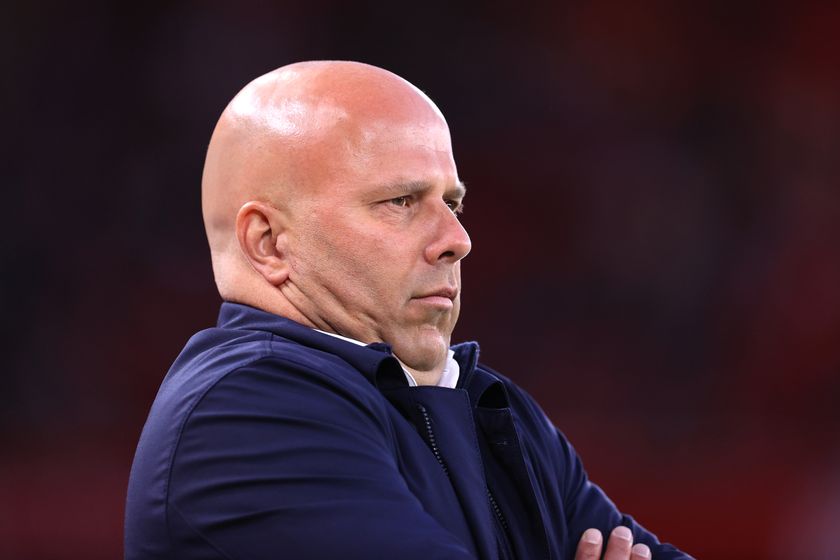
'I think everybody has said something about it, so why should I add to it? It's so obvious that it's not necessary for me to' Everything that Liverpool boss Arne Slot said about James Tarkowski's unpunished horror tackle

Gary Lineker unveiled as FourFourTwo's latest cover star - we sat down with the legend of football and broadcasting to discuss his future after BBC Match of the Day
